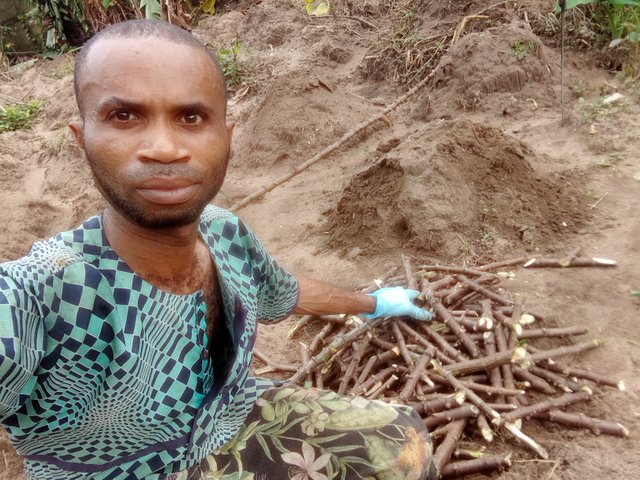My Late Planting Of Cassava In The Rainy Season
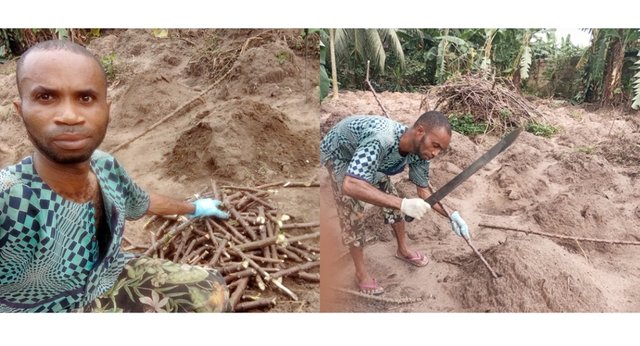
My Late Planting Of Cassava In This Rainy Season
Cassava is one of the best sources of carbohydrate or starch. In most West African countries like Nigeria, it is planted during the rainy season.
Producing cassava requires hard labor most especially, for the small scale farmers. The small scale farmers do not have access to mechanized means of planting this stem. But indeed, they constitute 70 to 80% of Cassava farmers even in various countries. The Cassava stem is scientifically known as manihot Esculenta. It produces the roots or tubers which is processed and turned edible starch, garri or
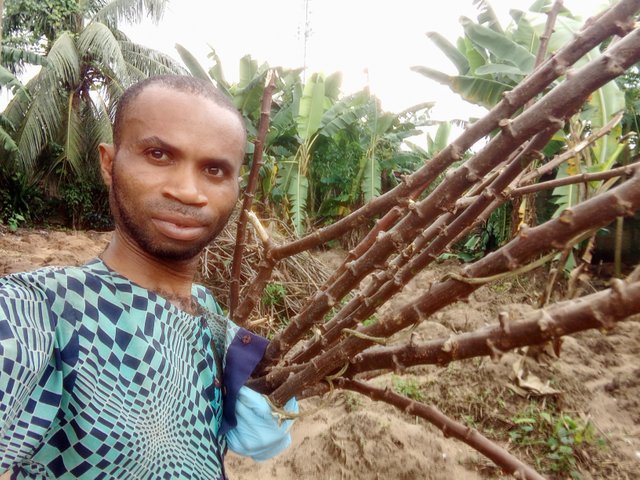
Cassava stem to plant in my farm
Cassava is obtained by planting its stem into the soil. As you could see in the picture, I have cleared the bush for the planting. I have also brought the cassava stems to the farm and cutting it.
The stem would not just be planted on top of the soil. I have tilled the soil as a way to further prepare for the planting. Everything needed for successful planting has been made available. This did not just happen on its own. I took some steps to make it happen. Here are some of the steps I took in planting cassava:
- Bush clearing
- Soil Tilling
- Cutting the cassava stem
- Planting the stems
Cassava is a plant that which farmers could plant both in and out of season. It all depends on the farmer to choose the period of planting. It matures in within one year of planting and harvesting begins thereafter.
As the cassava gets matured, the farmer begins to harvest. The cassava stem must have released some shoots as roots or tubers. The tubers when harvested, would be processed into granules for consumption.
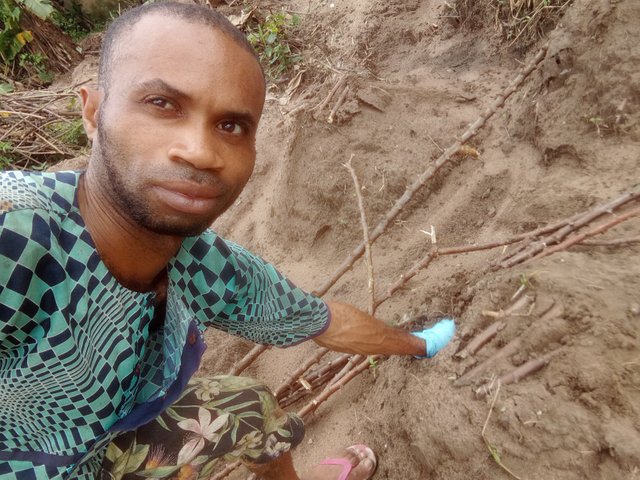
We majorly plant Cassava in two seasons. The first season happens from february to June. Those that wants to go for late planting begins from July running through december.
Here I am in this little portion of land to plant Cassava in the late planting season. This is August and the rain is at its peak.
Cassava Lifecycle
Being a farmer, though in a small scale, has afforded me the opportunity to have examined how cassava grow from planting to its harvesting. Cassava life may run from 8 months to 18 months. From one year, it should be harvestable. From 14 months and above, the tubers or roots may start to rotten if left unharvested early. Below are the stages it takes for Cassava to grow:
The Budding stage:
This is the first stage of development of the cassava. It begins to tear the soil from the ground to come get sunlight. It starts between 10 days to 2 weeks.
Leaves and root development:
After 2 weeks of shooting out of the soil, the plant begins to form leaves and roots which penetrates Into the soil. This may take 20 days and above.Stem Growth:
This another stage in cassava development after planting. After the Cassava develops leaves and roots, the stem starts forming as the leaves spreads. This stage is seen from 3 months and above.
From 6 months above, the penetrating roots begins to form starch as carbohydrate. This continues till the roots forms enough starch.
The Maturity and Harvesting:
Every farmer, irrespective of class of farming, have harvesting calendar. For me, my Cassava matures 15 months and my harvesting begins.
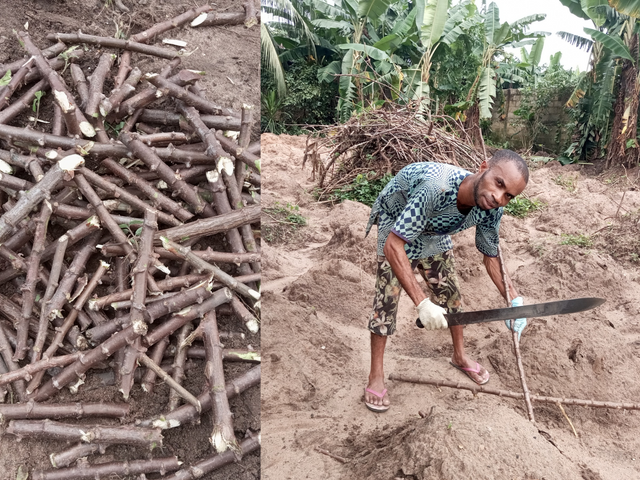
As it could be seen, cassava farming is not an easy venture. A lot of work is done to before it becomes food for consumption.


